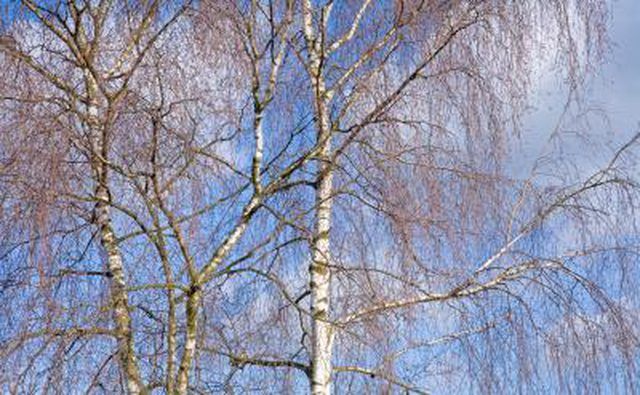Bulbs
Flower Basics
Flower Beds & Specialty Gardens
Flower Garden
Garden Furniture
Garden Gnomes
Garden Seeds
Garden Sheds
Garden Statues
Garden Tools & Supplies
Gardening Basics
Green & Organic
Groundcovers & Vines
Growing Annuals
Growing Basil
Growing Beans
Growing Berries
Growing Blueberries
Growing Cactus
Growing Corn
Growing Cotton
Growing Edibles
Growing Flowers
Growing Garlic
Growing Grapes
Growing Grass
Growing Herbs
Growing Jasmine
Growing Mint
Growing Mushrooms
Orchids
Growing Peanuts
Growing Perennials
Growing Plants
Growing Rosemary
Growing Roses
Growing Strawberries
Growing Sunflowers
Growing Thyme
Growing Tomatoes
Growing Tulips
Growing Vegetables
Herb Basics
Herb Garden
Indoor Growing
Landscaping Basics
Landscaping Patios
Landscaping Plants
Landscaping Shrubs
Landscaping Trees
Landscaping Walks & Pathways
Lawn Basics
Lawn Maintenance
Lawn Mowers
Lawn Ornaments
Lawn Planting
Lawn Tools
Outdoor Growing
Overall Landscape Planning
Pests, Weeds & Problems
Plant Basics
Rock Garden
Rose Garden
Shrubs
Soil
Specialty Gardens
Trees
Vegetable Garden
Yard Maintenance
Silver Birch Tree Facts
Silver Birch Tree Facts. A common type of birch tree found in gardens is the silver birch (Betula pendula). The silver birch is a medium-sized deciduous tree with peeling bark. The leaves flutter attractively in the breeze, especially on the weeping varieties. There are several general characteristics that apply to every silver birch tree.
A common type of birch tree found in gardens is the silver birch (Betula pendula). The silver birch is a medium-sized deciduous tree with peeling bark. The leaves flutter attractively in the breeze, especially on the weeping varieties. There are several general characteristics that apply to every silver birch tree.
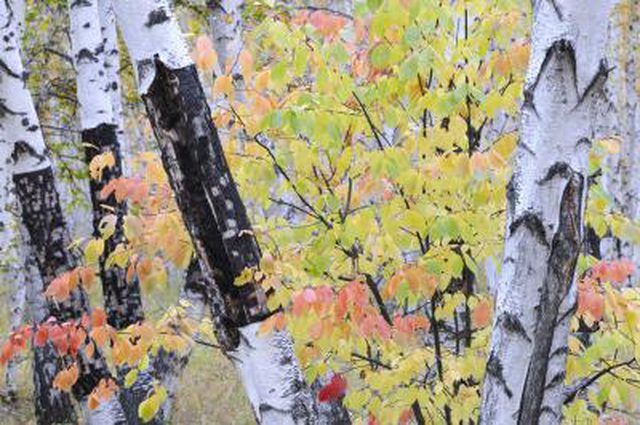
The botanical name for silver birch is Betula pendula. It is also known as European birch, weeping birch and European white birch.
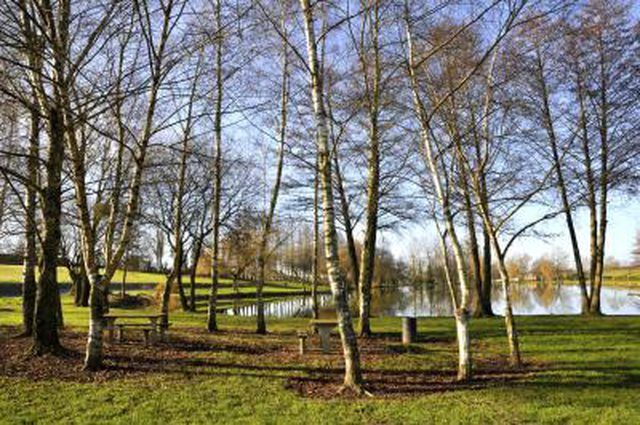
The tree will grow to be 40 to 50 feet tall and 15 to 25 feet wide.
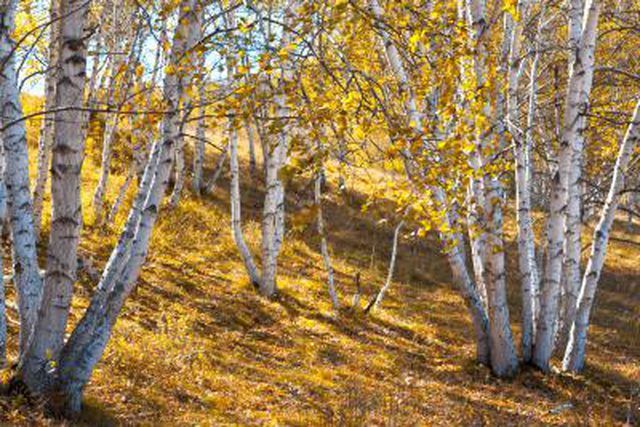
Insects to watch for include the bronze birch borer, aphids, birch skeletonizer and birch leaf miner. Other problems may be canker diseases, leaf spots and dieback.
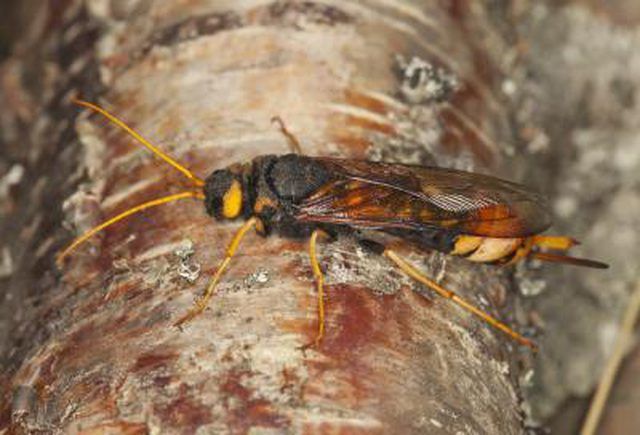
There are many varieties of silver birch that have a weeping form. They include Darlecarlica, Tristis and Youngii.
